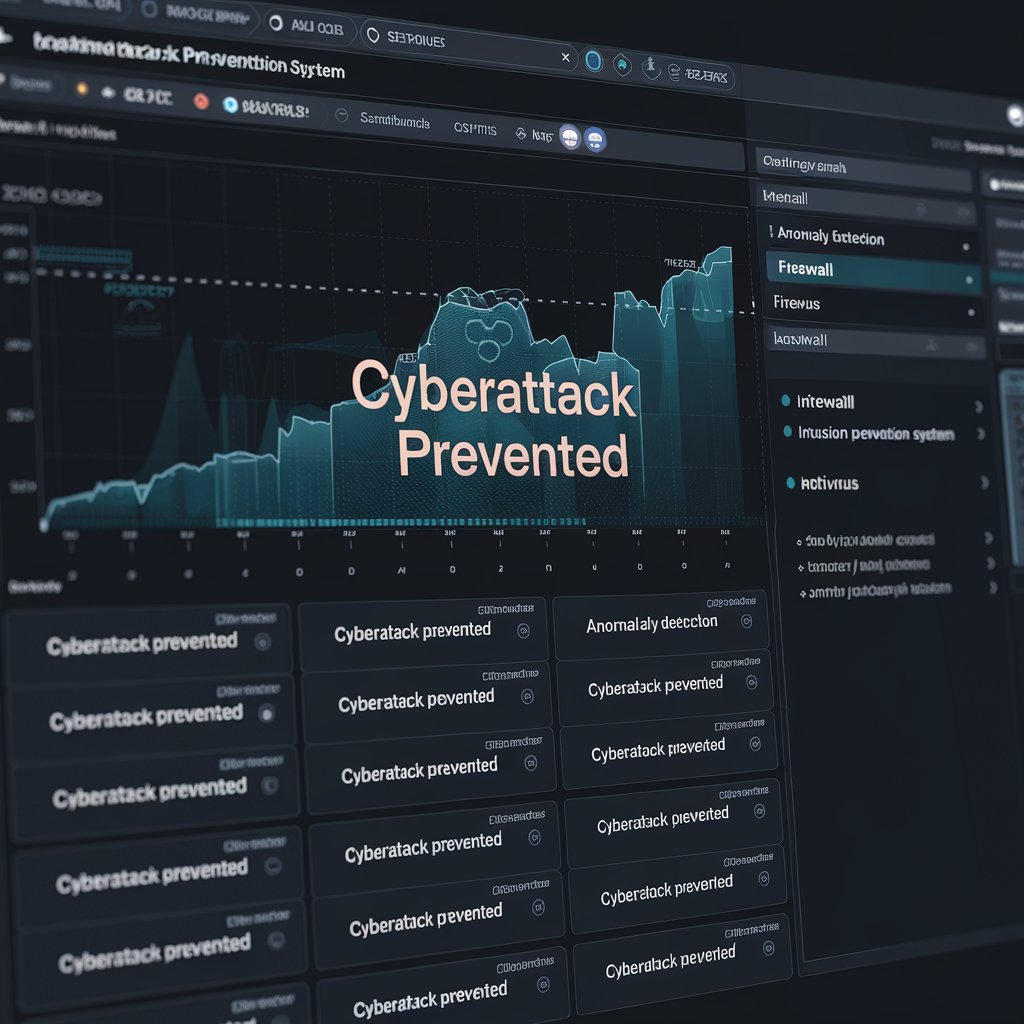UA
7 Min Read
1. Intrusion Detection and Prevention Systems (IDPS)
Overview: IDPS tools monitor network traffic and system behavior to identify and prevent malicious activities in real-time. These systems analyze incoming data to detect signs of an attack and automatically block harmful actions.
How It Helps:
Detects known and unknown threats through anomaly detection and signature-based scanning.
Blocks harmful traffic, preventing malicious entities from infiltrating your network.
Provides alerts on suspicious activity for immediate action.
Examples:
Snort (open-source)
Cisco Firepower
Suricata
2. Web Application Firewalls (WAFs)
Overview: A WAF filters and monitors HTTP traffic between a web application and the internet. It defends against common web attacks, such as SQL injection, cross-site scripting (XSS), and DDoS (Distributed Denial of Service) attacks.
How It Helps:
Protects websites and web applications from real-time attacks.
Detects and blocks malicious requests in real-time.
Provides protection against bot attacks and data scraping attempts.
Examples:
Cloudflare WAF
AWS WAF
Imperva WAF
3. Real-Time Malware Detection and Response
Overview: Real-time malware detection systems scan files and applications for malicious code (viruses, trojans, ransomware) as they enter the network or are executed. The system actively identifies suspicious files or behaviors and takes action to neutralize threats.
How It Helps:
Detects malware immediately upon entry to your system.
Quarantines or removes malicious files before they can spread.
Provides real-time alerts for immediate incident response.
Examples:
CrowdStrike Falcon
Malwarebytes Endpoint Protection
Bitdefender GravityZone
4. Security Information and Event Management (SIEM) Systems
Overview: SIEM systems aggregate, analyze, and respond to security-related data from various sources in real-time. By correlating events and logs, SIEM systems can detect abnormal patterns and notify security teams of potential attacks.
How It Helps:
Provides a centralized view of security events in real-time.
Uses advanced analytics to detect complex attacks such as APTs (Advanced Persistent Threats).
Enables swift investigation and response through automated alerts and reports.
Examples:
Splunk
IBM QRadar
SolarWinds SIEM
5. Endpoint Detection and Response (EDR)
Overview: EDR tools continuously monitor endpoints (e.g., computers, mobile devices, servers) for suspicious activities and provide real-time detection of potential threats. EDR tools focus on stopping threats at the endpoint level before they can escalate.
How It Helps:
Monitors endpoint activity in real-time for signs of malware or unauthorized access.
Detects, quarantines, and removes malicious files immediately.
Provides automated threat hunting to prevent future attacks.
Examples:
Microsoft Defender for Endpoint
SentinelOne
Carbon Black
6. Zero Trust Architecture (ZTA)
Overview: Zero Trust is a security framework that assumes no trust within or outside the network. Every access request is verified, and users are continuously authenticated based on strict policies, reducing the chances of unauthorized access.
How It Helps:
Validates users and devices at every request in real-time.
Ensures that even if a network is compromised, the intruder cannot move laterally.
Continuously enforces least privilege access, reducing the risk of data exfiltration.
Examples:
Google BeyondCorp (Zero Trust implementation)
Okta Identity Management
Zscaler
7. Real-Time DNS Filtering and Blocking
Overview: DNS filtering tools block access to known malicious domains and IP addresses in real-time. These tools prevent users from reaching harmful websites that could deliver malware or phishing attempts.
How It Helps:
Blocks malicious websites and domain names before they are accessed by end-users.
Protects against phishing and ransomware attacks.
Provides real-time protection for browsing and email activity.
Examples:
OpenDNS (Cisco)
NextDNS
Cloudflare for Teams
8. Multi-Factor Authentication (MFA) and Adaptive Authentication
Overview: MFA adds an extra layer of security by requiring multiple forms of identification before granting access to systems or applications. Adaptive authentication analyzes behavior and context to determine whether additional verification steps are necessary in real-time.
How It Helps:
Prevents unauthorized access, even if credentials are compromised.
Requires multiple forms of authentication, such as biometrics or SMS codes.
Adjusts authentication requirements based on real-time risk assessment (e.g., unusual login location).
Examples:
Duo Security
Google Authenticator
Microsoft Authenticator
9. Threat Intelligence Platforms (TIPs)
Overview: Threat intelligence platforms aggregate data from various sources to provide real-time insights into emerging threats and vulnerabilities. By integrating threat intelligence into your security systems, you can stay ahead of potential cyberattacks.
How It Helps:
Provides real-time updates on emerging threats and vulnerabilities.
Helps detect new attack methods and indicators of compromise (IOCs).
Informs incident response by providing contextual data about the attack.
Examples:
ThreatConnect
Anomali
Recorded Future
10. Automated Incident Response (AIR) Systems
Overview: Automated incident response tools allow businesses to quickly respond to cyber threats in real-time, reducing the time between detection and remediation. These systems can initiate predefined actions such as isolating infected systems, blocking IPs, and notifying teams.
How It Helps:
Automatically triggers countermeasures like blocking malicious IPs or isolating infected systems.
Provides an immediate response, even outside regular business hours.
Reduces response time and human error in high-pressure situations.
Examples:
Palo Alto Networks Cortex XSOAR
Swimlane
Demisto (Palo Alto Networks)
11. Behavioral Analytics
Overview: Behavioral analytics monitors user and network behavior in real-time to identify anomalies that could indicate a cyberattack. It uses machine learning and artificial intelligence to spot deviations from normal activities and generate alerts for investigation.
How It Helps:
Identifies suspicious behavior, even if the attack signature is unknown.
Detects insider threats and compromised accounts in real-time.
Provides actionable insights into unusual network or user activities.
Examples:
Varonis
Exabeam
Sumo Logic audit3aa
Join our newsletter list
Sign up to get the most recent blog articles in your email every week.
You can copy our materials only after making sure that your services are safe.
This site is protected by reCAPTCHA and the Google Privacy Policy and Terms of Service apply.










